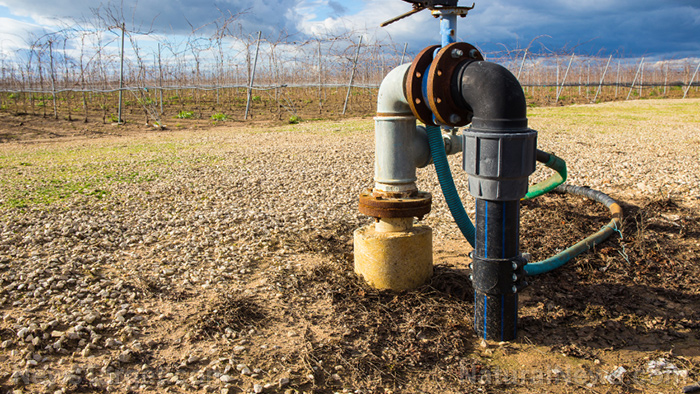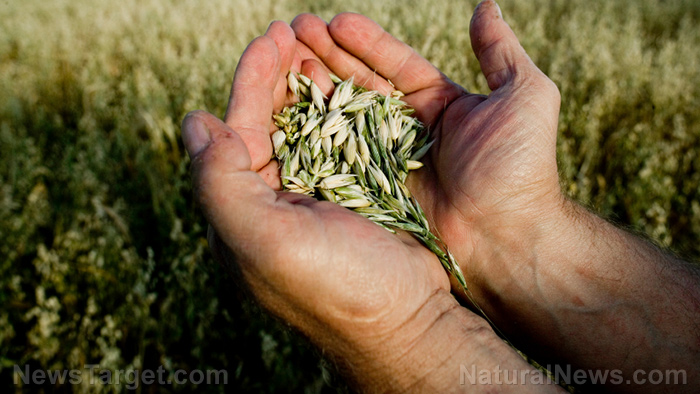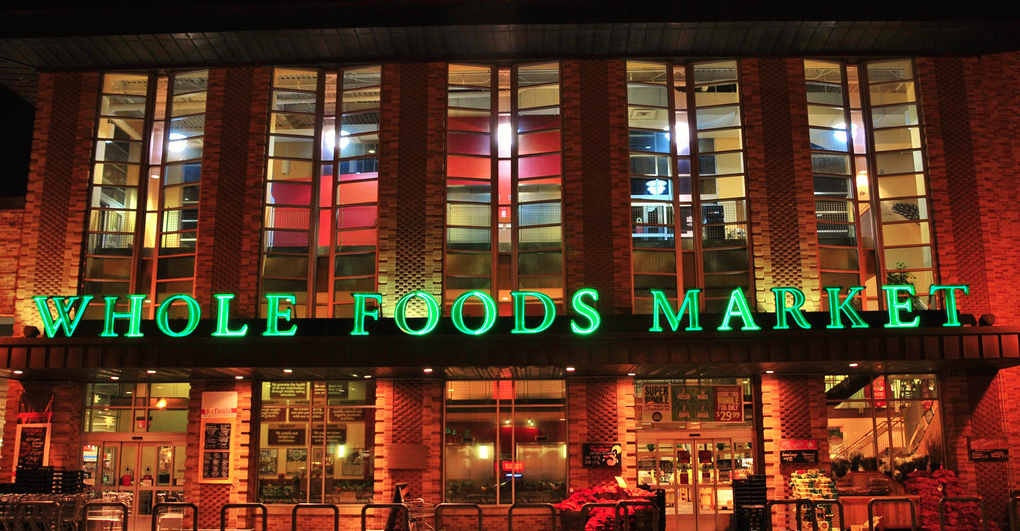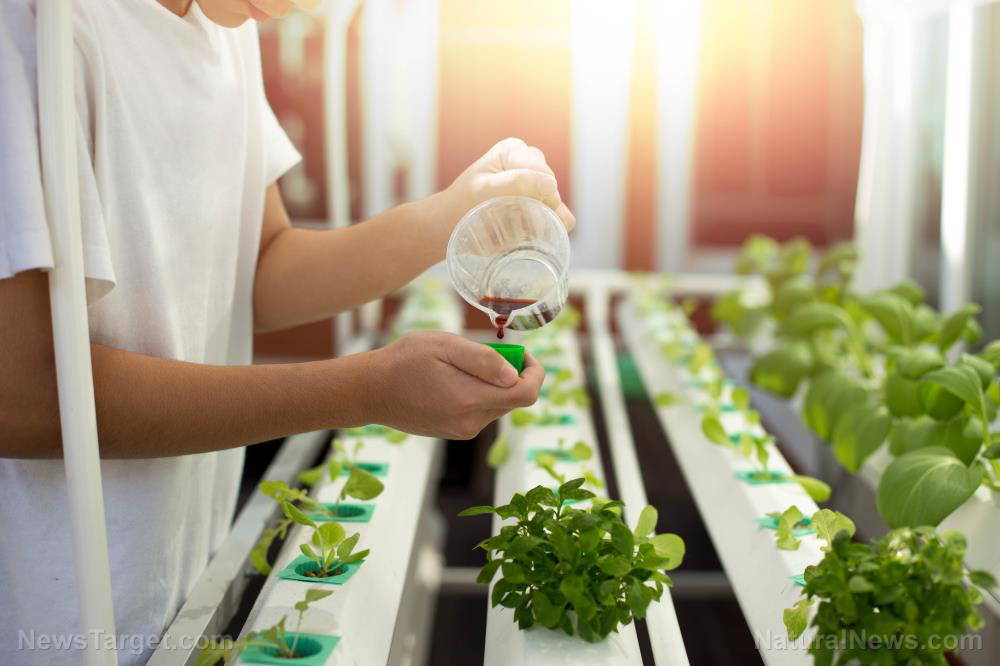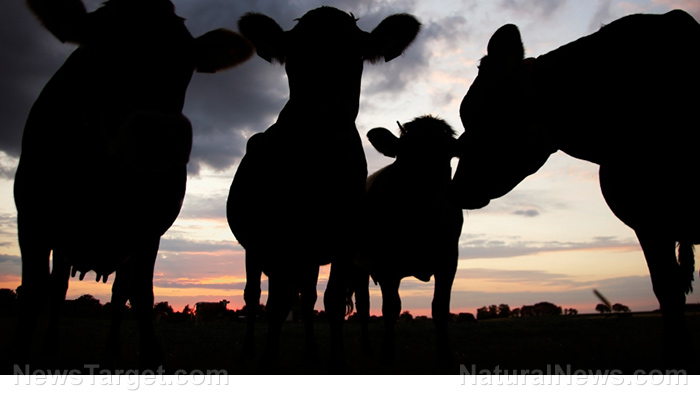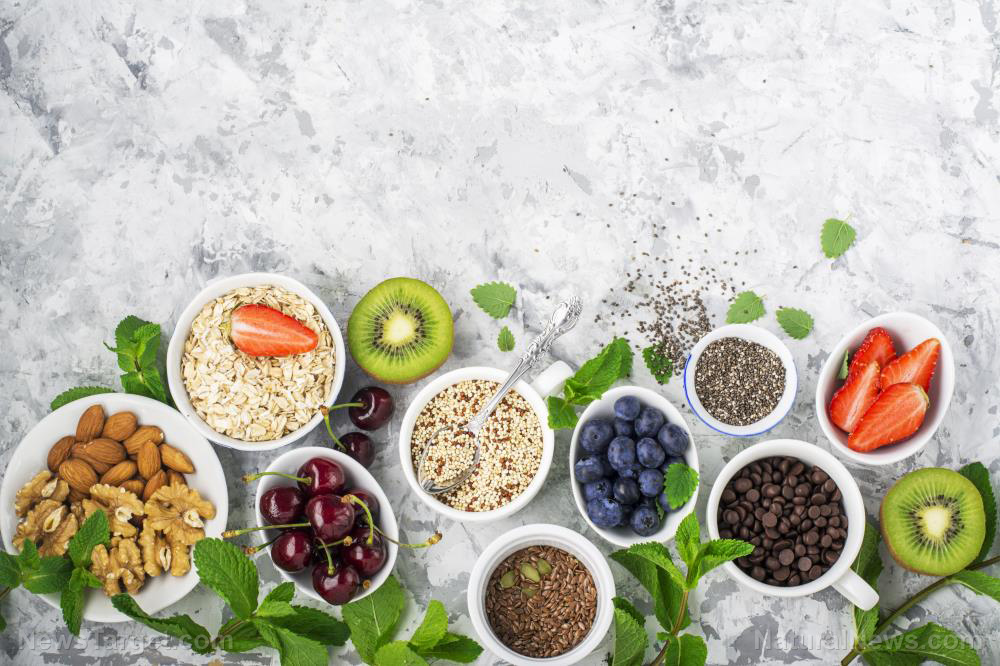National Black Farmers Association warns: Food shortage inevitable unless the government steps in
08/11/2022 / By Belle Carter

The National Black Farmers Association (NBFA) warned that Americans will soon find grocery store shelves empty if the Biden administration will do nothing to bring down the cost of fuel and fertilizer.
John Boyd Jr., the NBFA president, told “Fox & Friends First” last week that the government administration isn’t talking enough about the plight of what’s going on with Americans.
“You have the high cost of fuel, fertilizer and all of these upfront costs for America’s farmers, and we haven’t done anything in place to fix that,” he said, adding he is yet to hear back from the White House in a meeting that was promised.
Boyd said if key officials will not intervene, the citizens could soon see evidence of a commodity shortage at their local grocery stores as empty shelves become increasingly common.
According to him, the government would need to find a way to invest in infrastructure for farmers and put more small-scale farmers back into the business. “We are losing farmers every year that we don’t take action, and that’s going to help, but it is going to hurt us here at home,” Boyd pointed out.
Some farmers are forced to abandon crops as the cost of goods to produce food has surged.
Fertilizer cost has increased this year by 30 percent as of May, coming off an already steep 80 percent increase in 2021. Analysts expect that the figures will continue to climb due to international sanctions and exports.
Personal finance resource GOBankingRates previously reported that Family Farm Action Alliance urged the Department of Justice to look into the fertilizer price hikes to see if they were caused by “market manipulation.”
Citing his own experience, Boyd said he paid $1,100 per ton of fertilizer in 2022, which is significantly higher than $400 a ton in 2021.
Moreover, he denounced President Joe Biden for prioritizing military and financial assistance to Ukraine over the needs of American farmers and consumers. Biden even vowed to send $1.2 billion in aid to combat famine in Northern Africa.
“I’m sure those African countries definitely need the support, but we also have to take care of those at home,” he said. “And the Biden administration isn’t moving and acting swiftly enough to address the farm crisis.”
Geopolitical events greatly impact fertilizer prices
Gary Schnitkey, University of Illinois Extension agricultural economist, said the outlook for fertilizer prices is going to be dependent on geopolitical events.
The economist said: “Western Europe is trying to reduce its flow of natural gas from Russia and Russia is threatening to cut off supplies to Germany and western Europe. If that happens, we will at the very least see ammonia prices and nitrogen fertilizer prices from Europe are much higher than those produced in North and South America.”
Fertilizer prices decreased a little during the start of the third quarter, but they are still at historic levels. (Related: Fertilizer price hikes prompt soaring food prices and global shortages.)
The average price of anhydrous ammonia in August last year was $749. It jumped to $1,274 just three months later. “The last time we saw anhydrous ammonia prices above $1,000 was back in 2008 in the financial crisis,” Schnitkey said.
Schnitkey also noted that China could impose restrictions on fertilizer exports due to recent political and territorial issues.
Visit Famine.news for more news related to food shortages.
Watch the below video saying the food shortage has already started.
This video is from the Winston Churchill ? Vitamin D channel on Brighteon.com.
More related stories:
Biden quietly begs U.S. companies to buy Russian fertilizer to solve problem he helped create.
Op-ed suggests removing tariffs on fertilizer imports to alleviate high fertilizer prices.
Sources include:
Submit a correction >>
Tagged Under:
agriculture, Biden regime, big government, chaos, Collapse, farming, fertilizer, fertilizer prices, food shortages, food supply, fuel cost, geopolitical events, harvest, Inflation, market manipulation, National Black Farmers Association, price increase, products, sanctions, supply chain, White House
This article may contain statements that reflect the opinion of the author
RECENT NEWS & ARTICLES
COPYRIGHT © 2017 FOOD SUPPLY NEWS

